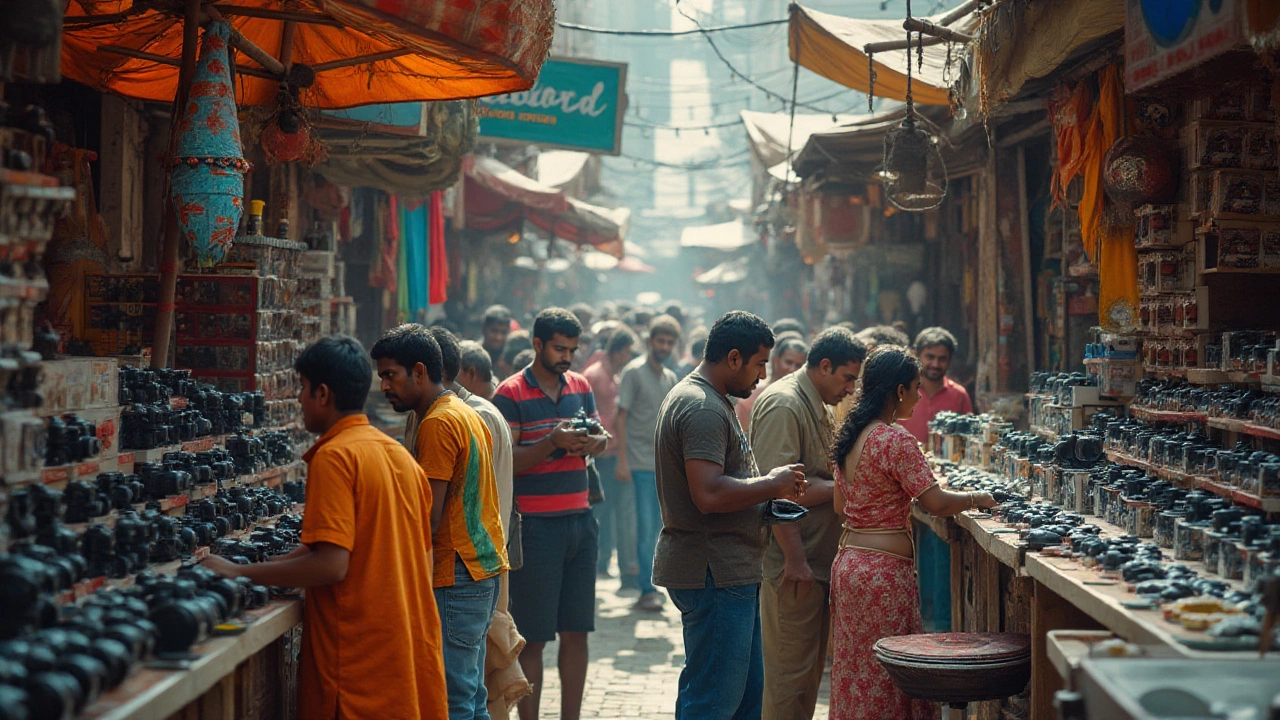DSLR Cameras Explained – The Basics You Need to Know
If you’ve ever wondered why photographers keep talking about DSLR cameras, you’re not alone. A DSLR (Digital Single‑Lens Reflex) combines a digital sensor with a mirror that lets you see exactly what the lens sees. This simple design gives you control, speed, and image quality that smartphones can’t match.
What Makes a DSLR Different?
The magic starts with the mirror‑prism system. When you press the shutter, the mirror flips up, letting light hit the sensor. Because the viewfinder shows the scene directly, you get a clear, lag‑free preview. That’s why action shots, low‑light scenes, and portrait work feel smoother with a DSLR.
Another big win is interchangeable lenses. You can swap a wide‑angle lens for a telephoto or a macro lens in seconds. Each lens brings its own character—sharpness, depth‑of‑field control, and perspective—so you’re not stuck with a one‑size‑fits‑all sensor.
DSLRs also give you manual control over aperture, shutter speed, and ISO. Turning those dials lets you shape light just the way you want, creating shallow‑depth‑of‑field portraits or crisp, motion‑free sports shots. The more you play with these settings, the more your photos start to feel personal.
Choosing the Best DSLR for You
First, think about what you’ll shoot most. If you love street photography or travel, a lightweight crop‑sensor DSLR (like a Nikon D3500 or Canon EOS 1500D) saves you from bulk while still delivering great image quality. For weddings or events, a full‑frame body (like the Canon EOS 6D Mark II) offers better low‑light performance and a professional look.
Budget matters too. Entry‑level models often come with a kit lens, giving you a good starting point without extra spend. Mid‑range bodies add faster autofocus, better video features, and more robust build quality—great if you want to grow but aren’t ready for pro‑level pricing.
Don’t forget future upgrades. Check the lens ecosystem: Are there affordable lenses for macro, portrait, and zoom? Is the brand’s third‑party lens market strong? These factors keep your system flexible as your skills improve.
Finally, test it out. Visit a local store in Mumbai, hold the camera, and feel the grip. A comfortable handhold means you’ll shoot longer without fatigue. If you can, snap a few shots in different light conditions—see how the camera handles noise and color.
In short, a DSLR gives you control, lens variety, and image quality that smartphones still chase. Pick a model that matches your shooting style, budget, and growth plans, and you’ll see a real jump in your photos. Whether you’re capturing a wedding, a cityscape, or everyday moments, the right DSLR turns good shots into great stories.
